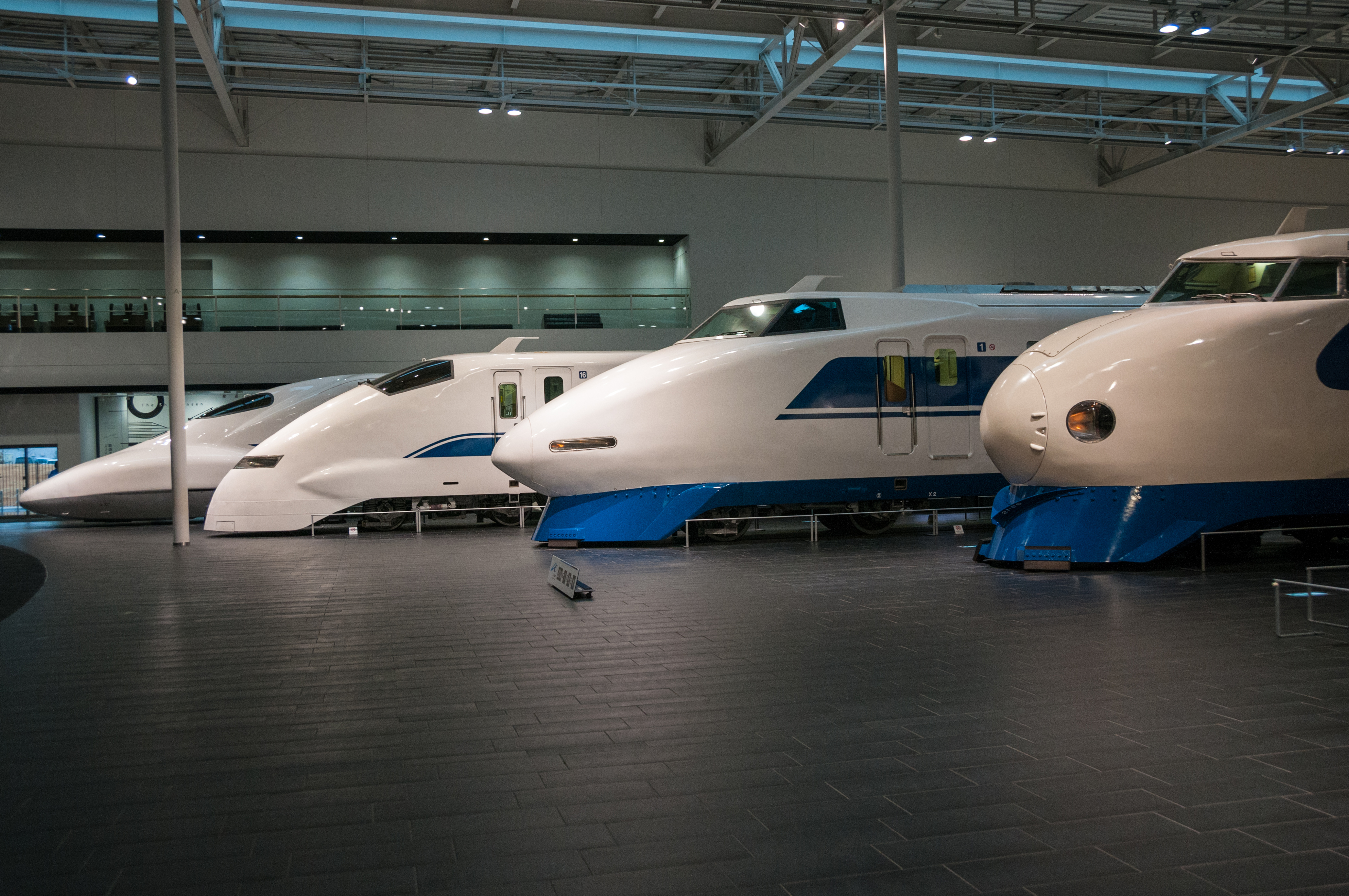Mount Fuji whizzes by as I drive the Tokaido N700 series shinkansen from Tokyo to Nagoya. "Don't let the speed go above 270 kilometers per hour," warns Kaori Takagi. I heed the warning, though Takagi is not a shinkansen driver instructor. We are, in fact, in the simulator at the SCMAGLEV and Railway Park in Nagoya, where she is museum curator.
Next year sees the opening of Nagoya's Legoland. Covering 9.3 hectares, it will be the second Legoland in Asia and is set to feature a replica of Nagoya Castle made from 225,000 Lego bricks. However, Nagoya is already home to some great museums, including the SCMAGLEV and Railway Park, many of which feature hands-on exhibits and interactive experiences.
Nagoya Castle still acts as a focal point of the city. What is seen today is largely a postwar reconstruction after American bombs destroyed most of the original structure during World War II. Construction of the original castle began in 1610 after Tokugawa Ieyasu emerged victorious from a period of war. Nagoya was the ancestral home of the Tokugawa clan and home to the most important Owari branch. In 1930, ownership passed from the Imperial Household Ministry to the City of Nagoya and it became a National Treasure.



















With your current subscription plan you can comment on stories. However, before writing your first comment, please create a display name in the Profile section of your subscriber account page.